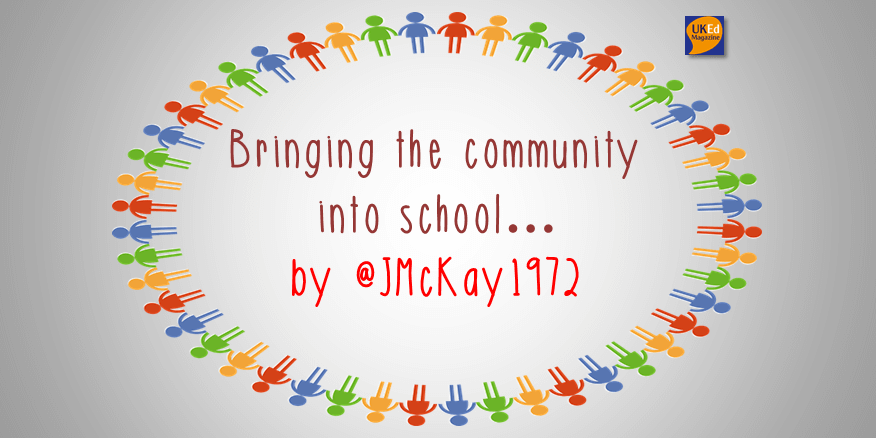Students who have English as an Additional Language (EAL) are part of almost every school, and each presents its own challenges. Each and every one of us holds multiple identities: Teacher, parent to a child, child of a parent, sibling, partner, country music fan, XBOX player, Chelsea supporter and so on. These are our communities, whether in real life or ‘imagined’ (I may not have much in common with another fan of ‘The Clash’, but our common playlists would render us a community). If we understand the communities our students are part of and the identities they hold, then we can better support them and their progress.
So, which communities are our EAL students part of? If I take a walk in the area where my students live, I will see a large Mosque, an African Church, a Romanian Delicatessen and the wonderfully named ‘From God to Man’ Barbers specialising in Senegalese hairstyles. I can easily spot old men in Pakistani dress, Halal butchers and ladies with beautiful Henna designs on their hands. I can see that these linguistic and cultural communities are present in my catchment area, and a lot of my students will belong to these very visible groups. However, it’s far too simplistic to assume because they speak a language, all your students will have a geographical community bond with your local area. A student who has just moved here may not know about the local community centre or even want to. These bonds may form later, but we should not assume anything. The communities they might fit into could be unexpected and not based on their language.


